TABLE OF CONTENTS
If you're trying to control the concentration of nutrients in your cannabis plant, flushing may be the answer.
It's been used for various purposes, including fixing nutrient lockout and removing excess nutrients before harvest.
Here’s how to flush cannabis plants the right way.
What Is Flushing Cannabis?
Flushing is an essential aspect of growing cannabis. It’s when you stop giving your plants nutrients and only feed them water, thereby flushing the grow medium of any nutrients left over.
Generally, flushing is performed right before harvest when growers are nearly ready to cut down the flower buds.
However, flushing can also be performed when plants have a nutrient imbalance, such as a lockout or burn, preventing new ones nutrients from being absorbed.
In many cases, flushing has helped growers correct suboptimal nutrient concentrations in the plant through any part of their growth.
Does Flushing Actually Work?
While many growers have seen considerable differences in plant yield and quality simply by flushing their plants, others are not as convinced about its benefits on cannabis.
Critics argue that flushing the nutrients pre-harvest deprives the plants of essential building blocks, especially as they get to the finish line of flowering.
In addition, there are no rigorous scientific studies on the benefits of flushing cannabis plants. It’s all based on anecdotal evidence.
Growers have long used environmental stressors to ramp up resin production, but it's unclear whether flushing nutrients can help. Critics also argue that plants need all the energy they can get to produce the highly-coveted trichomes, where the plant has its active compounds.
Plants need a high concentration of calcium to promote healthy cell division, or else risk delayed growth. In addition, some boron is needed for plant maturation. Long periods of flushing can affect your weed plants' growth.
Flushing plants before harvest remains a popular practice in the cannabis growing community despite no solid evidence to back it up. Growers say that removing all the residual nutrients near harvest produces the highest quality flower from the flushed cannabis plants.
Benefits of Flushing Cannabis Plants
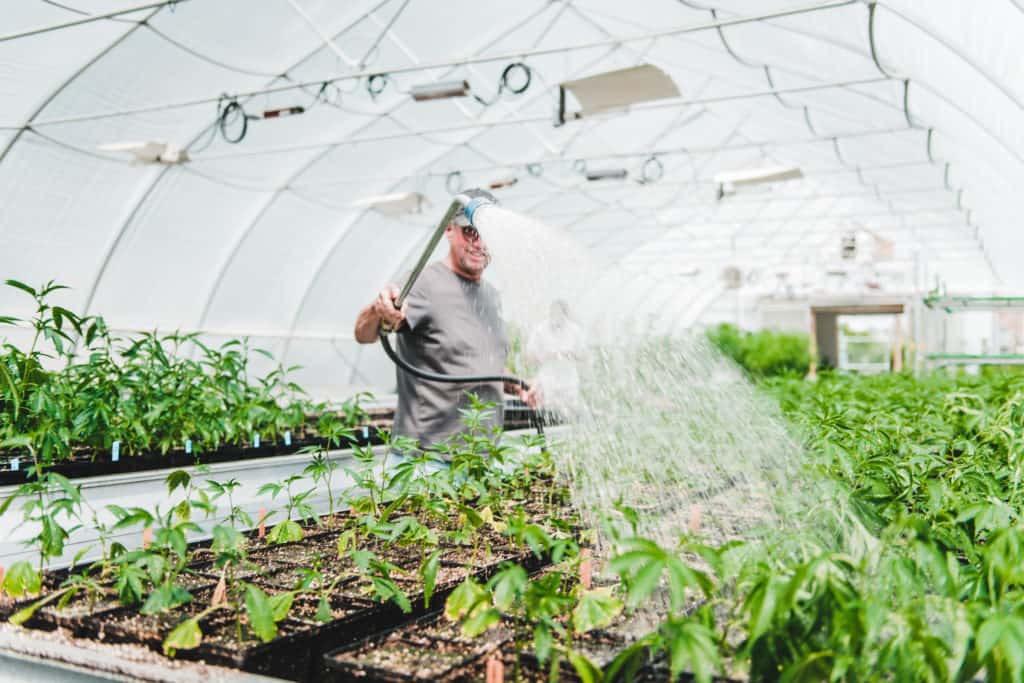
When flushing works, it works. Growers believe that removing the salts and nutrients not yet stored in the plant can force the plant to use its reserves more efficiently, similar to what happens if we reduce eating and our body burns fat to get energy.
When Flush Cannabis Plants
Many growers recommend flushing all the nutrients two weeks before harvest, or when the trichomes are starting to turn from a clear to milky color. You can also flush during other growth stages if you see signs of nutrient lockout or nutrient burn.
Testing p
We recommend TDS, EC, and pH meters to control your water and soil’s pH, an important aspect of flushing plants. When the water is not in the optimal pH zone, nutrients can evaporate out of the solution, reducing the plant’s intake.
During flushing, the PPM of the rinse water goes down. You can stop the flushing process at any point and even allow some nitrogen to remain in the grow medium to keep the vegetative growth going.
How to Flush Cannabis Plants
Most growers flush plants with plain water. We recommend using lukewarm water of about 75º F with a pH of 6-6.8 for soil-based grows and 5.5-6.5 for hydroponic gardens, the ideal ranges for nutrient flushing.
Some growers use chemical flushes that claim to help in flushing cannabis flower. However, there is no guarantee that these will work.
Flushing can be performed near the harvesting season, but it can also be performed every time you water your plants. Just add enough water so that about 10-20% drains, ensuring you don't build up salts in your grow medium and have fewer build up near harvest.
The flushing period can vary depending on the plant size, container type, and media. Flushing can take anywhere from 1-3 weeks. Plants usually have flowering periods running from 7-9 weeks. A plant with a 9-week flowering period may require flushing for 3 weeks.
Don’t worry if you notice your plant’s leaves turning yellow. This is a sign of nitrogen and magnesium nutrient deficiency and a normal part of this process. Losing potassium and phosphorus causes leaf curling and brown leaves.
For sandy soils, a week of flushing should do the trick since there's not much organic matter holding onto the nutrients. Porous loam can be flushed for 10-15 days, while heavy loams and clays should be flushed for 15-20 days, which hold tightly to nutrients.
“
There are over 300,000 jobs in the cannabis industry. CTU trained me for one of them!

Makes $24.50 @ THC +
Amended organic soil does not require much or any flushing at all. Soil microorganisms dissolve nutrients found in the organic matter and send them to roots as needed. They may need flushing if the bottom leaves aren’t turning yellow.
Ebb and flow and drip irrigation systems can be flushed for 4-7 days, since the media does not hold nutrients as much. Aeroponic, deep culture, and certain nutrient film techniques require 3-4 days of flushing. Peat moss and coco can be flushed for one week or less if the bottom leaves are already yellow.
Learn Trade Secrets from the World’s Best Cannabis Growers
Are you a new or seasoned grower looking to improve your cultivation skills? If so, enrolling in Cannabis Training University may be for you. We’ve developed an all-inclusive, online program with industry professionals across all segments. Enroll at CTU today!

Luis Cordova
Luis Cordova is a distinguished author, and renowned expert in cannabis cultivation, who possesses a Master's degree in Plant Biotechnology and Pharmaceutical Science. As a valued contributor to highly esteemed publications such as Cannabis Training University and Maximum Yield Magazine, Luis has emerged as a trusted source of guidance and knowledge in the cannabis industry. Having written thousands of informative articles, Luis is widely recognized for his comprehensive expertise on cultivating cannabis, both indoors and outdoors.


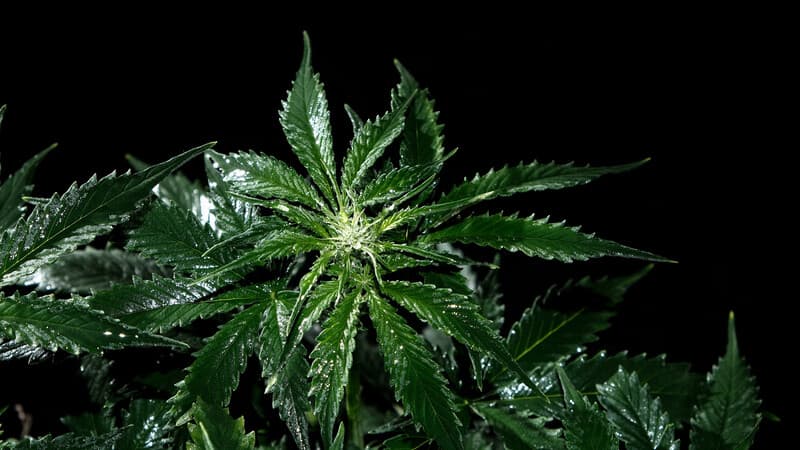




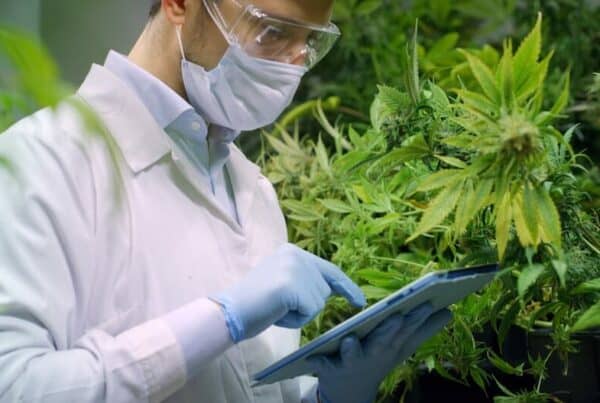
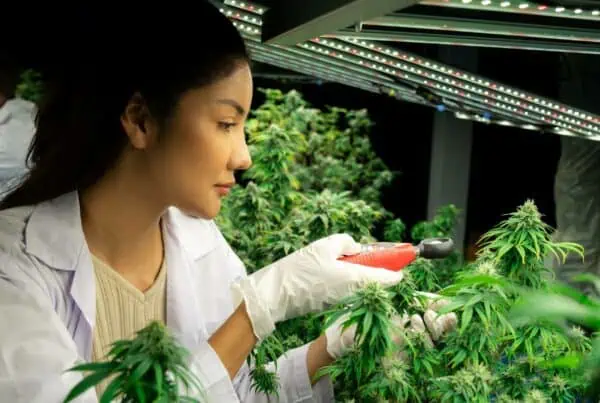
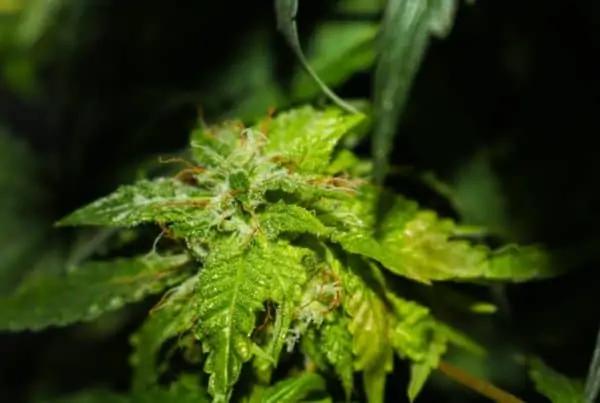
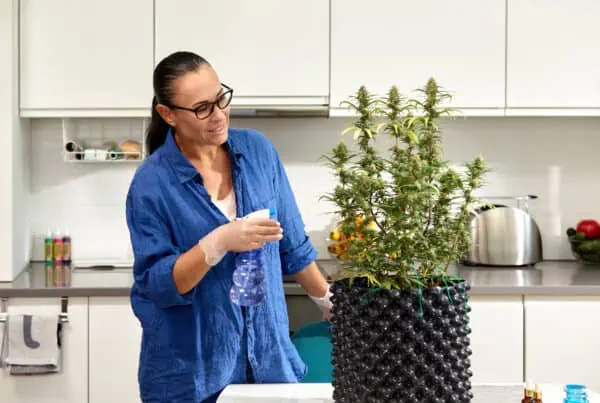

 Jeff was involved in an accident where he endured a traumatic brain injury. He had a week-long stay in ICU where brain surgeons
Jeff was involved in an accident where he endured a traumatic brain injury. He had a week-long stay in ICU where brain surgeons  100% risk free money back guarantee within 48 hours after purchase if student has not completed any of the courses or exams.
100% risk free money back guarantee within 48 hours after purchase if student has not completed any of the courses or exams.